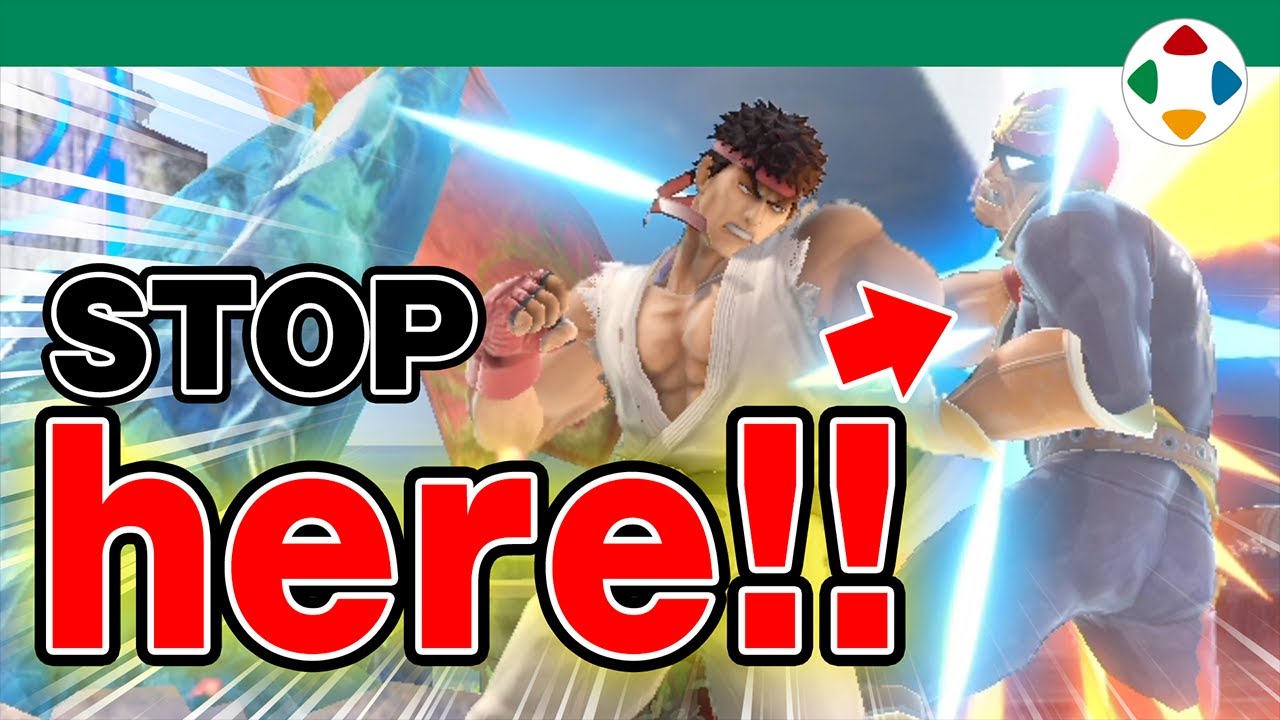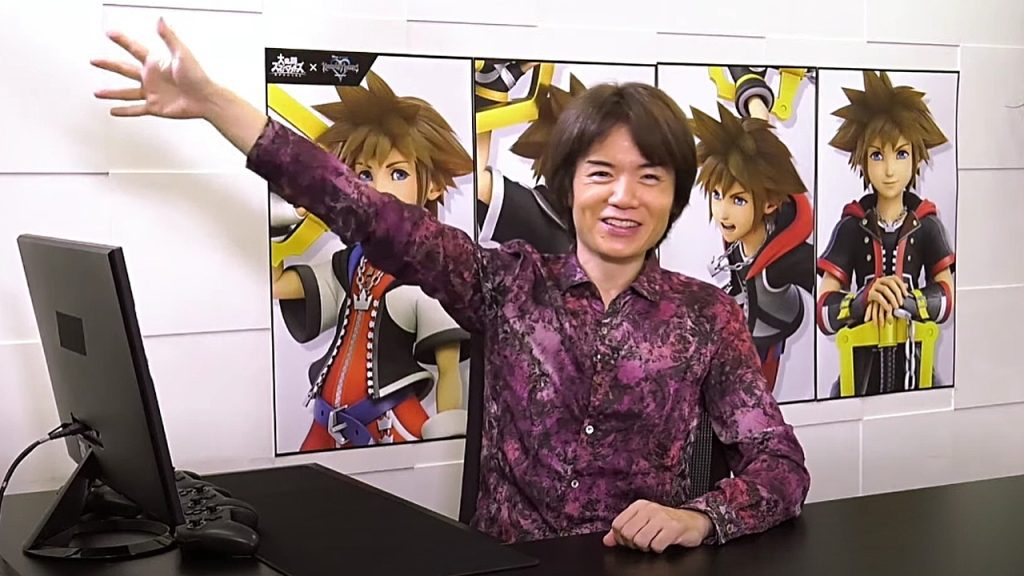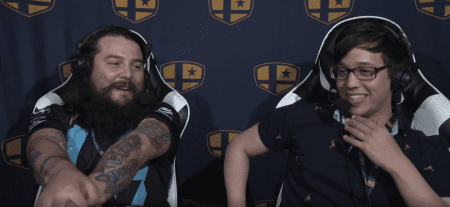The best streaming content available today can’t be found on Netflix, Disney+, or HBO Max (pre-emptive RIP). It’s not House of the Dragon, She-Hulk: Attorney at Law, A League of Their Own, or any other random extension of popular IP. No, right now you’ll find the best content in the world a few times a week from a YouTube Channel titled “Masahiro Sakurai on Creating Games,” which delightfully presents simple yet informative views on how to make video games.
What Is “Masahiro Sakurai on Creating Games”?
“Masahiro Sakurai on Creating Games,” which premiered in late August, is a YouTube channel from legendary Japanese video game designer Masahiro Sakurai (Super Smash Bros., Kirby’s Dream Land, Kid Icarus: Uprising). Sakurai uses the channel to share his philosophies on game design, and his approach to every facet of creating a satisfying digital experience.
In each video, which is only about five to 10 minutes long, Sakurai centers on a particular gaming concept (or, in certain cases, an actual game he worked on). These topics include frame rates, “hit stops,” and how to create risk/reward systems. Each mini-presentation examines specific titles from Nintendo and other developers with a scalpel, allowing the Kirby creator to explain how seemingly small details can massively enhance the player experience.

Of note, Sakurai, who has worked in the video game industry in some capacity for over 30 years, is doing this basically because he feels like it. “I want to try and help make games around the world a little more fun,” Sakurai said a mere 30 seconds into his first video. He clarifies that he wants to help aspiring developers (and general game enthusiasts) understand the basic principles on how to make games fun to play, and that he believes presenting such ideas through YouTube will allow him to reach a broader audience than when he gives lectures at universities or trade shows.
As he explained in his introductory video, there will be no advertisements, and the cost of producing and editing all the videos (several of which are released each week) will likely mean the channel operates at a loss to him personally. This doesn’t seem to bother him one bit. “Since I have to pay my video editors and translators, I’ll lose more money the longer this series runs, but I want to do it anyway,” he added. “I think of it as an investment in the game industry.”

Why Sakurai’s New YouTube Channel Is So Great
Sakurai’s videos don’t go too in-depth on any particular subject, and anyone who’s studied game design (or made games themselves) probably already understands most of what he’s talking about. But there’s something so charming about an industry savant breaking down games in a way anybody can understand, as well as how he presents clear sets of terms to explain why certain mechanics just seem to work. He might not get into the nitty-gritty of each topic, but I leave each video more educated about various design philosophies than I was previously.
Exhibit A: Kirby’s Dream Land
For example, one of his videos discusses the first game he ever directed: Kirby’s Dream Land for the Game Boy. A good chunk of the video involves Sakurai explaining the basics of the experience, including the game’s notably low difficulty and barrier to entry. Nothing about the video was particularly revelatory, until he mentioned one thing: the Game Boy’s screen size.

Because the actual field of vision presented to the player was so limited, it made sense for Sakurai to make Kirby’s Dream Land more player-friendly, as most people prior to the title’s release were accustomed to playing games on much larger screens. You don’t have to convince me that making games easier will attract a wider audience, but it hadn’t occurred to me before that Sakurai was designing a game with the specific platform in mind, one where the character on screen could die simply because the player couldn’t easily discern what was happening.
When I think about why so few Game Boy games hold up, a common theme is that you can barely see anything on such a small screen with no colors and no backlight. So, I appreciate that Masahiro Sakurai understood (even at such a young age) that you have to make games more approachable under these circumstances, and I also love that he stands by the game’s easiness more than 30 years later (he appeared to take great joy in reminding people that Kirby’s Dream Land remains the best-selling game in the entire franchise).

Exhibit B: “Hit Stops”
In another video, Sakurai describes so-called “hit stop” features, where the screen freezes and slows down when the player either dies or defeats a powerful enemy. Using examples from Super Smash Bros. as well as older arcade-style shooters like Fantasy Zone, he shows what it would look like if hit stops were removed from these situations, and in doing so reveals how unrefined and bland they would seem. He even explains how giving the player a second to see how these situations played out not just enhances the emotional reaction of the player, but gives them clarity into how they succeeded (or failed).
Much like in the Kirby example, something that has existed in dozens of games I’ve played across decades never really stuck out until Sakurai highlighted it for me. Looking back, hit stops greatly enhance the experience of knockouts in Street Fighter, boss fights in Kirby and the Forgotten Land, and even defeats in Super Smash Bros. Ultimate, and studying their existence has helped me get better at those games without even knowing about them.

Give Me More, Sakurai
Ultimately, I write about and “study” games not just because it’s fun. I do it because the more I understand how games work, the more I understand why I like what I like in them, and as a result I get a better window into myself and my own tastes. If I can pinpoint why using the cape to fly in Super Mario World or finding all the musical notes in Banjo-Kazooie gives me so much pleasure, perhaps I can also figure out how to locate more kernels of joy in my day-to-day life (this may seem far fetched, but it’s how my silly lizard brain works).
In just a handful of short videos, “Masahiro Sakurai on Creating Games” has already helped me better understand games that I’ve played for years, even if the increase in my understanding may seem incremental. I have no plans to make any games of my own, but that added framework will absolutely come into play for any future blog posts I write, and for that alone every single new video is worth a view. In an online environment oversaturated with trite nonsense, having at least one good YouTube channel feels like a refreshing oasis in a desert of inanity.
Sam has been playing video games since his earliest years and has been writing about them since 2016. He’s a big fan of Nintendo games and complaining about The Last of Us Part II. You either agree wholeheartedly with his opinions or despise them. There is no in between.
A lifelong New Yorker, Sam views gaming as far more than a silly little pastime, and hopes though critical analysis and in-depth reviews to better understand the medium's artistic merit.
Twitter: @sam_martinelli.










